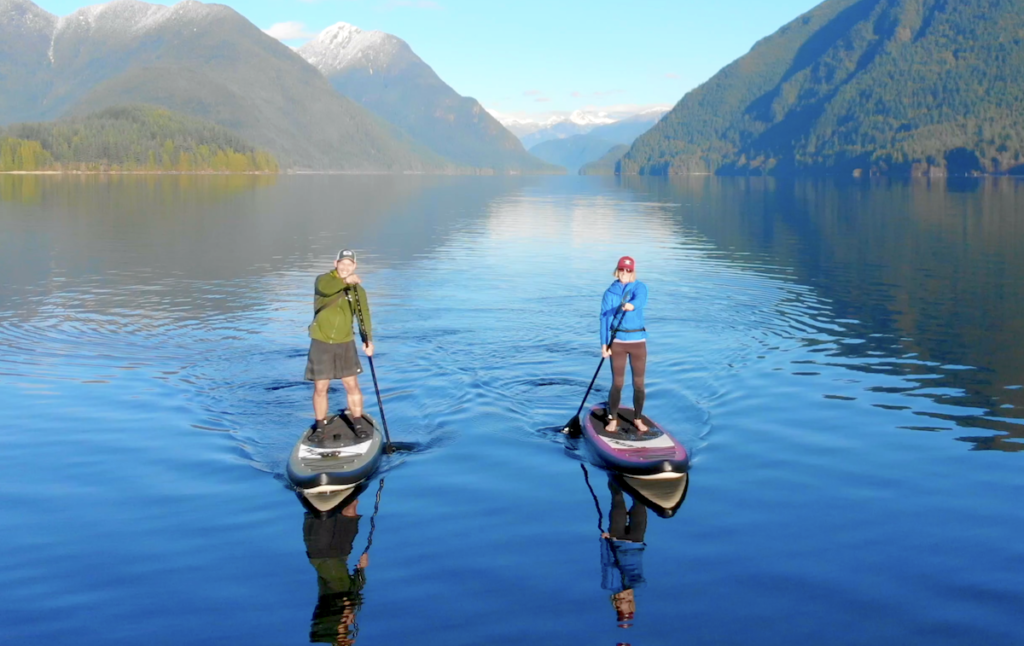
Are you a SUP newbie? If you are you might be wondering what ‘SUP’ stands for. SUP = stand up paddleboard.
If you’re reading this article then you are likely considering joining one of the fastest growing sports/activities out there.
Stand up paddle boarding is incredibly fun, an awesome workout and a perfect outdoor activity for sharing with your family, friends and even your dogs!
If you’re wondering how/when/where to get started then this guide is for you!
Step 1 – Choose The Right Board
Knowing which board to choose can be difficult, especially if you haven’t had the chance to try one out.
That’s where we can hopefully help! We have used and extensively tested every single board listed on this site.
The first step to choosing the right board is knowing what type of paddling you will be doing most.
If your answer is YES to the below questions then go to the All-Around Inflatable SUP’s.
Q. Will you be cruising around on lakes, calm rivers or ocean bays?
Q. Would you like the versatility of being about to handle a little light surf?
Q. Do you want to try a little SUP Yoga?
Q. Will you be bringing along kids or dogs for the ride?
However If your answer is YES to the below questions then go to the Touring Inflatable SUP’s.
Q. Do you want a faster board to get from point A to point B?
Q. Do you want a smoother, more efficient ride for fitness paddling?
Q. Do you plan to paddle longer distances as opposed to simply cruising around?
Step 2 – Gear Up!
Paddle boarding isn’t really an expensive sport. Once you’ve made your initial board purchase you’ll just need to get a couple safety items.
Thankfully that’s where the costs end as we are blessed with so many free beautiful bodies of water to paddle on.
Many ISUP packages include a paddle, a leash and possibly even a dry bag if you’re lucky.
If not you’ll need to purchase these items separately.
If these items are included in your package then your only other necessity is a PFD and a whistle (Keep a whistle attached to your PFD and you won’t have to think about it again).
The only other item you may want to consider is an electric pump. All inflatable SUP’s come with a hand pump and they usually work quite well.
Most boards take between 5 and 10 minutes to manually inflate. It’s a bit of work but very doable, especially if you are only inflating one board.
An electric pump doesn’t necessarily make the process any faster but it will make it easier.
If you want to conserve your energy for the water then check out our list of Best Electric Pumps for iSUP’s.
Step 3- Learn The Basics Strokes
Holding your paddle correctly and learning the right way to do the basic SUP strokes will ensure you are paddling efficiently with less strain on your arms, shoulders and back.
Watch this quick 3 minute video to learn the right way to hold your SUP paddle, how to do the forward stroke, go backwards with the reverse stroke and turn with the sweep stroke.
Step 4 – Properly Care For Your Inflatable SUP
Quality can vary with inflatable SUP’s and some have more layers and protection than others.
However regardless of which board you choose, the proper care will help ensure it lasts a long time.
Dry Off After Each Use – One of the most important things to do is to dry your board off after each use.
I normally bring out an old towel and just towel dry once I am finished paddling. If I know I won’t be paddling again for a while after use then I sometimes will air dry it at home before packing it way to make sure it is completely dry.
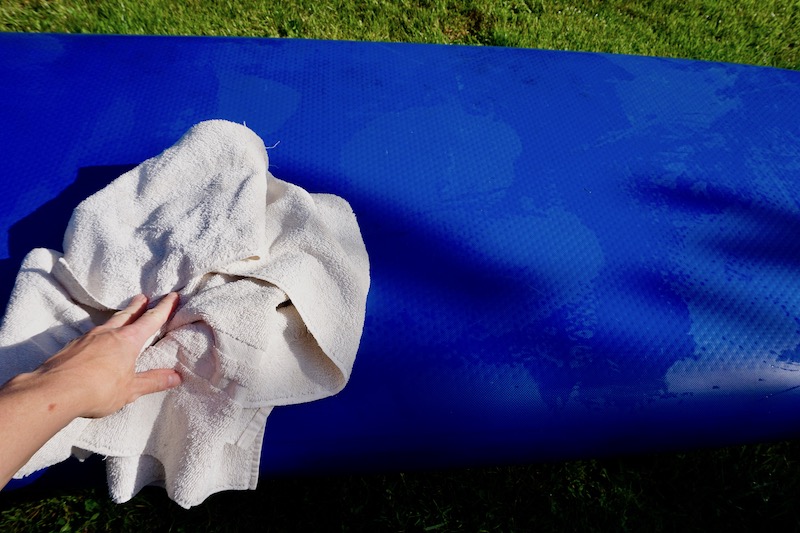
Rinse With Fresh Water – If you are paddling in salt water then be sure to rinse with fresh water after use. The salt in the water can eventually corrode the material and weaken the seams.

Ensure Proper Inflation – Inflating your board to the right air pressure can make all the difference and even help keep your board strong.
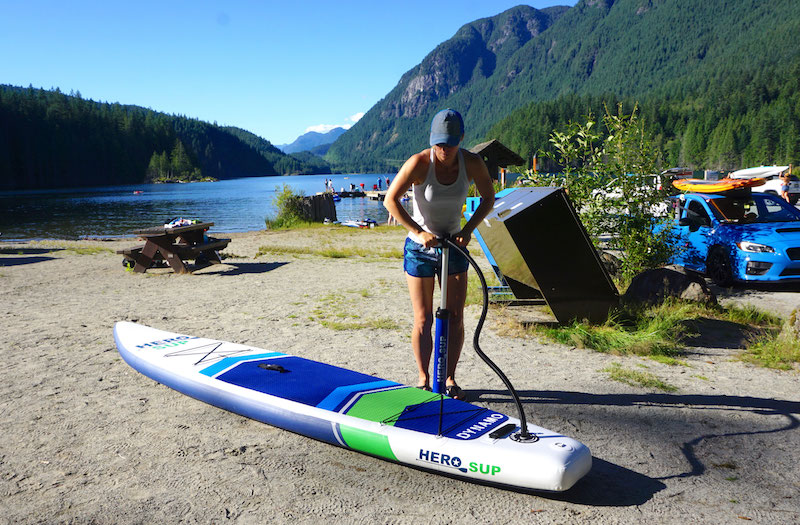
A board that has too little air pressure won’t perform as it should and in fact will put more pressure on the construction when standing on it.
A board that is inflated to high has the possibility of ‘popping’ the seams.
So the solution is to inflate your board to the recommended air pressure. Most inflatable SUP’s are ideally inflated anywhere from 12-15 PSI. Rarely do they need more than that and I wouldn’t recommend any less.
Roll Loosely – I see many people who roll their inflatable SUP as tight as they can to store it away.
My advice would be to roll it fairly loosely. Rolling too tight puts unnecessary pressure on the seams.
Avoid Dragging – This one seems like common sense to me but worth mentioning.
These boards are typically made quite strong but even so don’t misuse and abuse it by dragging the board over rocks, gravel or debris.
Store Properly – You can store your paddle board deflated and rolled up in its storage bag.
The most important thing to remember is to store it in a dry cool space that is out of the elements.
If you choose to leave it inflated for long periods of timei is recommended to have the board suspended as opposed to resting on the ground.
I don’t recommend storing the board outside for long periods. Exposure to the elements will weaken the board.
Step 5 – Get Answers To Inflatable SUP FAQ
Still got questions? We’ve got answers.
Go to our FAQ page to get answers to some of the most commonly asked questions regarding inflatable stand up paddle boards.
Bonus Step – Learn How To SUP With Your PUP
The bonus step is not for everyone however if you have a dog(s) and you want to share your paddle board adventures with him/her then I can definitely help.
I love dogs, simply adore them. I have three rescues, all with their own unique personalities and quirks.
Our two little ones Seth and Jax paddle with us the majority of the time. Our German Shepard Oscar is now 14. He learned to SUP with us at the age of 10 and continues to this day even though he is really slowing down.
All three love to be on our boards and get so excited when their lifejackets are brought out as they know we are going on an awesome adventure.
Check out my article 5 Steps Guide To SUP With Your Pup to learn how to successfully train your dog to ride on your board comfortably.
Hope this SUP Newbie guide helps you get started on this new journey. Any questions that I have missed feel free to shoot me an email. I answer every one that I get!
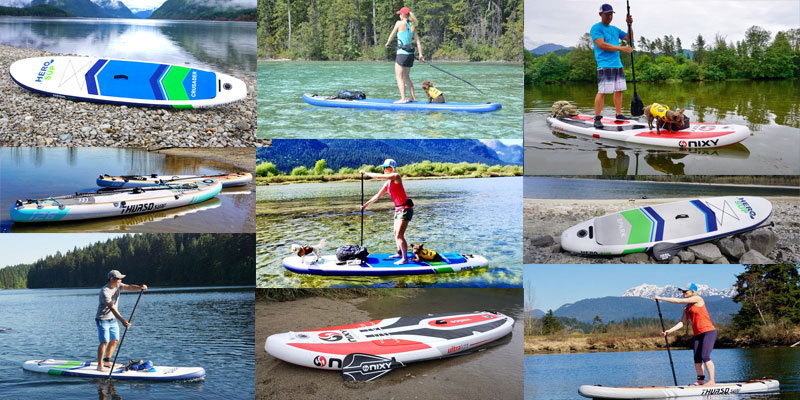
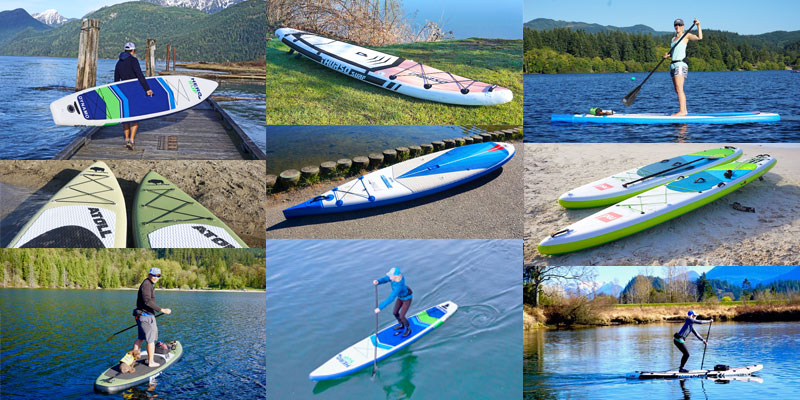
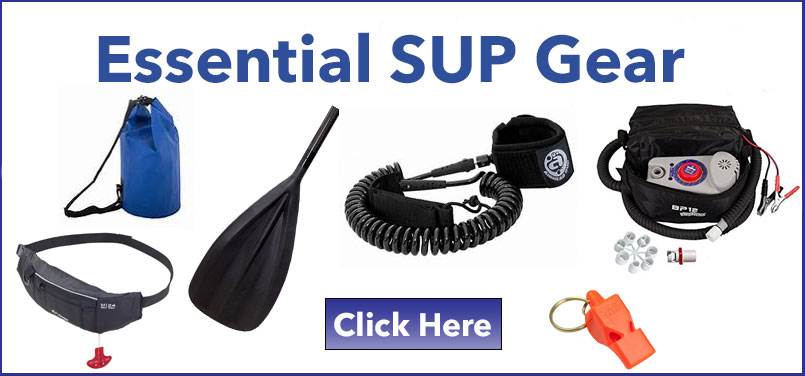

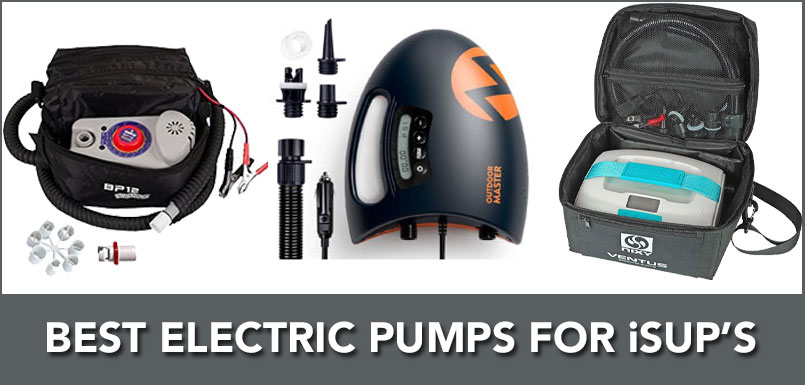
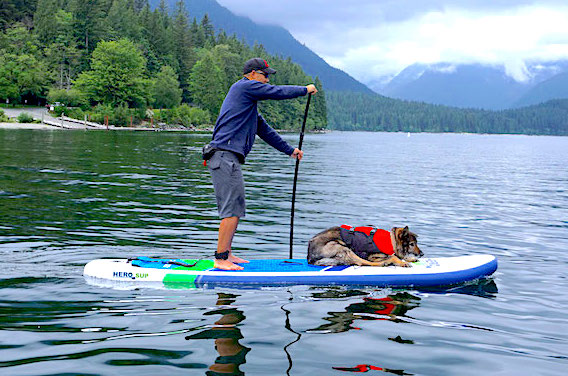
 Video: Sea Eagle Needlenose Instructions
Video: Sea Eagle Needlenose Instructions Types of Stand-Up Paddling
Types of Stand-Up Paddling 5 Awesome Places To Stand-Up Paddle In BC
5 Awesome Places To Stand-Up Paddle In BC SUP Fitness Tips
SUP Fitness Tips





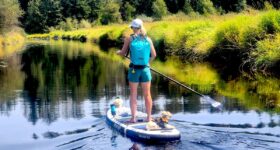


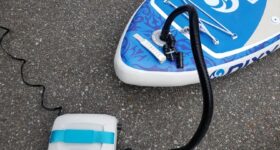
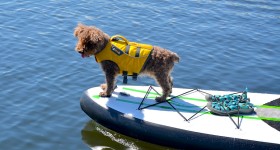

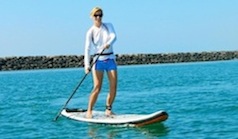
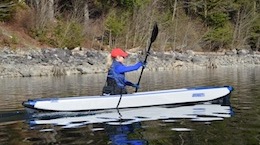
Speak Your Mind